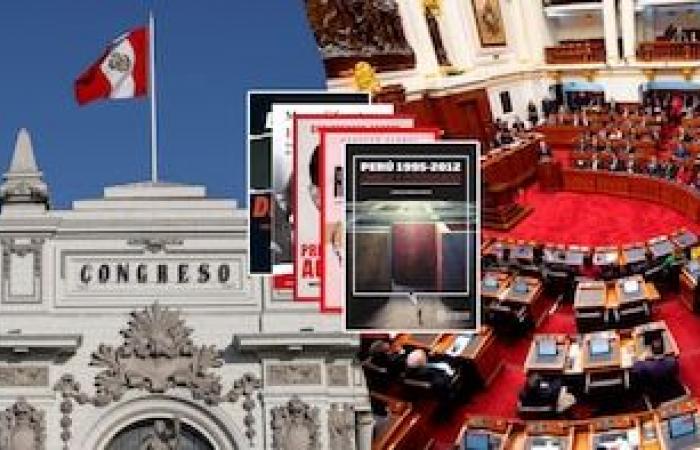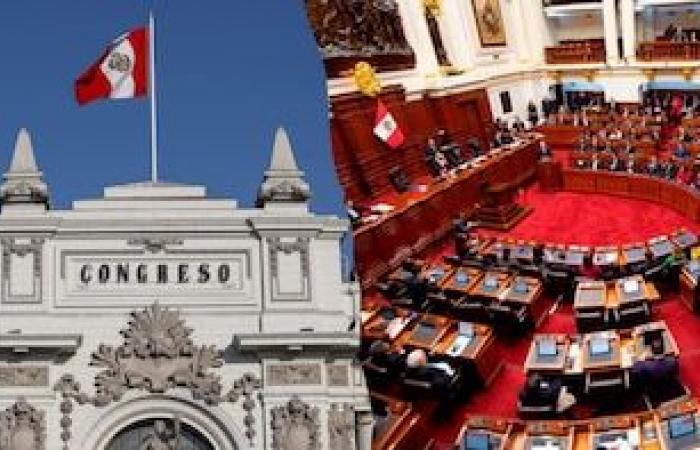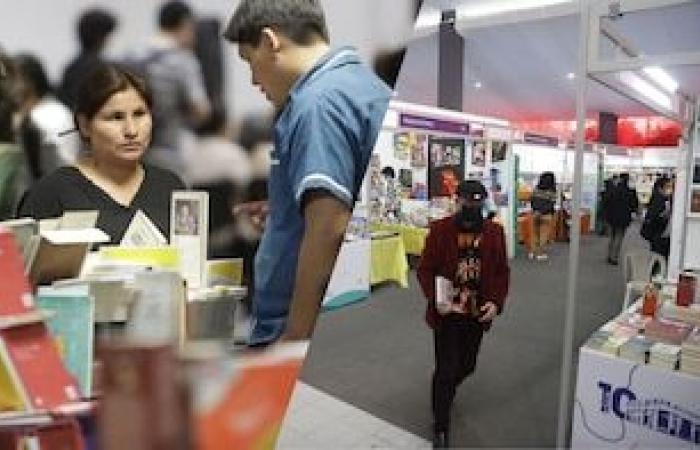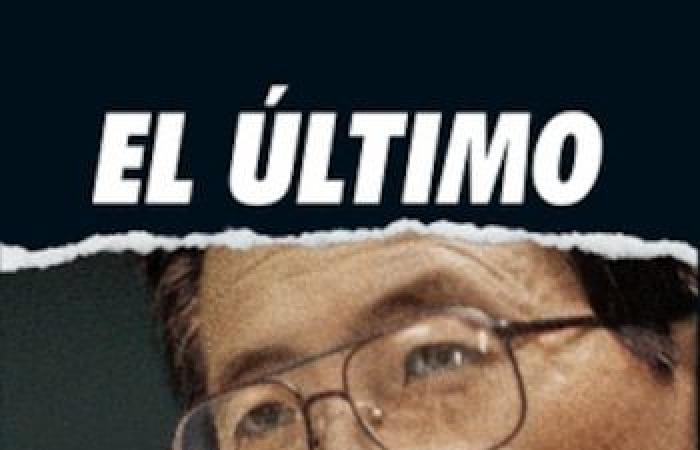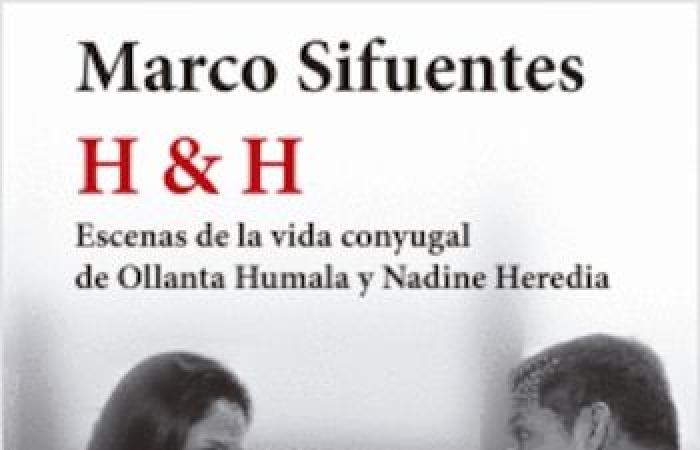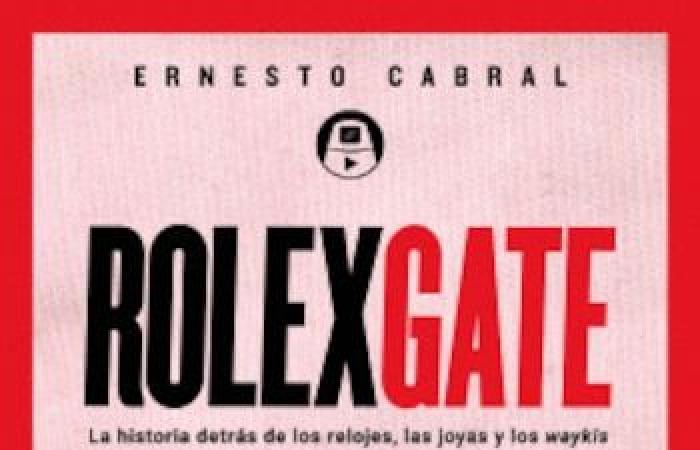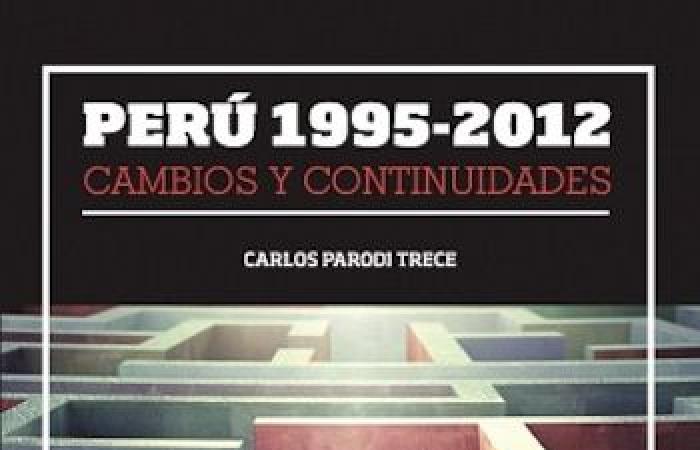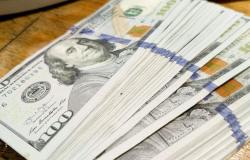In a country where everything happens fast and forgets even faster, non -fiction books They become a core tool to understand what we have lived. It is not just about remembering facts, but to see how certain errors are repeated again and again. These works show us what happens behind the official speeches, when the promises are not fulfilled and the policy It works more as a game than like a service.
The books presented below do not try to make up reality. On the contrary, they clearly show the problems that the country drags: unprepared authorities, weak institutions and decisions taken without thinking about the long term. Reading them helps to understand why we are still trapped in the same conflicts and why it is so difficult to advance when the same practices are repeated.
Five recent books help review the direction of the country in recent decades. ‘The last dictator’, by José Alejandro Godoy, precisely analyzes the return of authoritarianism in full democracy. ‘H & H. Scenes of the marital life of Ollanta Humala and Nadine Heredia’, by Marco Sifuentes, turns a romantic relationship into a fierce radiography of informal power. ‘Presidents by accident’, by Christopher Acosta, reveals the background of two figures who arrived in Palacio without being prepared either by history or reality.
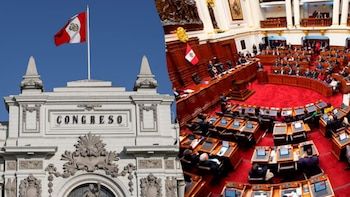
‘Rolexgate. The story behind the watches, the jewels and the waykis’, by Ernesto Cabral, highlights the excesses of a president who did not go through public scrutiny until the watches made noise. And ‘Peru 1995-2012: changes and continuities’, by Carlos Parodi thirteen, analyzes the Peruvian economy from a broad perspective, including political, social, institutional and external performance.
These titles invite you to think, question and, above all, not to forget. They remind us that dismemberment is fertile terrain for the usual opportunists. Reading them is a way of breaking with the habit of voting with illusion and awakening with disappointment.
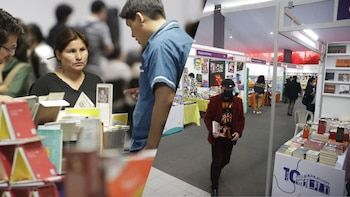
‘The last dictator’ by José Alejandro Godoy
For 10 years, Alberto Fujimori was president of the Republic of Peru, in a core period to understand the recent history of the country. That time, which goes from 1990 to 2000, is considered by many as the last stage of authoritarian command of the twentieth century in Peru.
The journalist José Alejandro Godoy He collects this moment in his book ‘The last dictator’, in which he exposes, after a rigorous review of sources and documents, how power was exercised in the midst of episodes dotted with the excessive use of force, the diversion of public funds and decisions that threatened against democratic institutions.
More than a political analysis, the work presents a detailed narrative of the most important events in the trajectory and management of Fujimori. Through this tour, the reader is invited to reflect on a stage in which the country lost its democratic course.

‘H & H. Scenes of the conjugal life of Ollanta Humala and Nadine Heredia’ by Marco Sifuentes
What at first glance looks like a chronicle about life as a couple, ends up being a broad portrait of how the country works. The life of Humala-Heredia shows how matters of power and personal problems are mixed in an environment full of conflicts and decisions without planning.
-Behind the facts narrated appear issues that are still present in Peruvian society: the use of power without control, the inequalities they divide, the rumors that are imposed on the truth, and A capital where informal and scandal dominate public conversation. With more than three hundred pages, the book ‘H & H. Scenes of the conjugal life of Ollanta Humala and Nadine Heredia’ manages to maintain interest with an agile, critical writing and without losing the sense of humor.
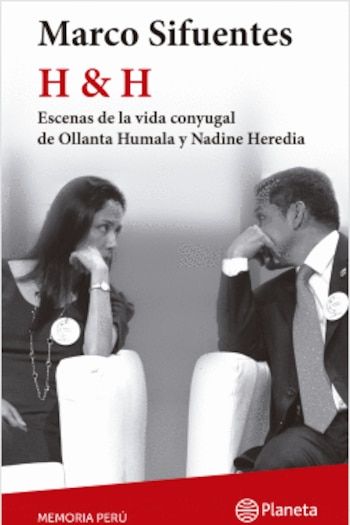
‘Christopher Acosta’s accident’ presidents’
‘Presidents by accident’ offers little known information about Pedro Castillo and Dina Boluarte. Beyond telling their personal stories, the text seeks to explain how their ways of being influenced the decisions they made when assuming power. Boluarte arrives at office without having gone through the public analysis that those who campaign face. Christopher Acosta’s research seeks to cover that information vacuum.
Instead, Castillo ceases to be president of Peru while facing serious accusations and makes risky decisions, like who is launched into the void without knowing if there is a network. Throughout its pages, the non -fiction book wonders if these two figures are really as different as they seem. In doing so, build a narrative that mixes political, deception, internal conflicts and cases of corruption.
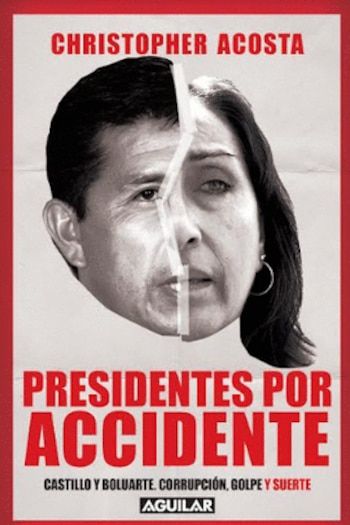
‘Rolexgate. The story behind the watches, jewels and Waykis’ by Ernesto Cabral
At the beginning of 2024, a news stressed to the country: the president On Biguarte He had several high value watches whose origin generated suspicions. What seemed like a detail of his personal life revealed something more serious: a possible corruption network installed in the heart of power.
The journalist Ernesto Cabral, who revealed the case, tells in this book all the details of that investigation. His work, guided by the search for answers, caused accusations against important government figures and showed, between dark links, the worrying direction that politics has taken in Peru.
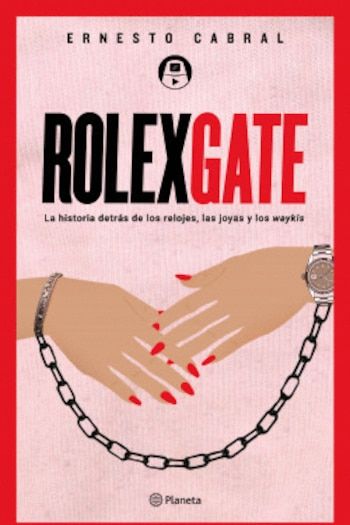
‘Peru 1995-2012: Changes and continuities’ by Carlos Parodi thirteen
Between 1995 and 2000, Peru faced years characterized by political instability and economic fragility. As of 2002, however, the country entered a stage of growth, thanks to the good management of public finances and the good international price of raw materials.
That growth was not accompanied by real or political improvements. Problems such as limited access to health services, low quality education and a little present state in rural areas prevented economic development from reaching the entire population.
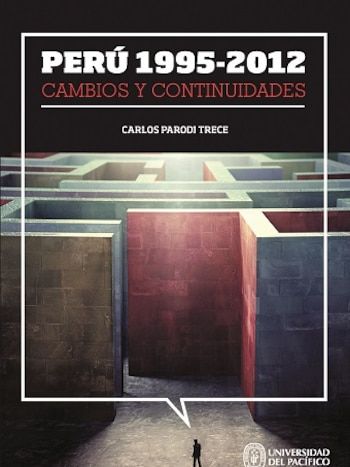
During those years, it opted for a free market and opening model to the world, but without strengthening institutions or modernizing the state apparatus. The book ‘Peru 1995-2012: Changes and continuities’ proposes to look at that period in an integral way. In its pages, economic figures are reflected, as well as social and political topics.


